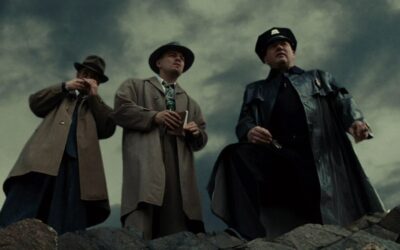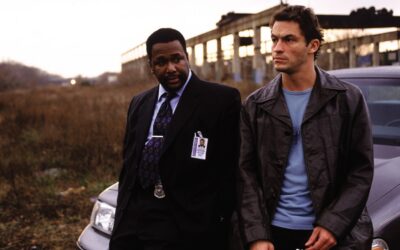
Crime Stories
Crime stories, with their gritty narratives and complex characters, have long captivated audiences worldwide. This fascination often leaves us pondering the allure of these dark and mysterious tales. They resonate across various mediums, from the dog-eared pages of classic novels to the gripping scenes of screen adaptations.
The appeal of crime stories isn’t just confined to a single element; it’s a rich tapestry woven from the human psyche’s darkest threads, societal reflections, and a quest for justice.
Let’s delve into the literary world, where crime stories have etched a permanent mark. Arthur Conan Doyle’s Sherlock Holmes series stands as a testament to the genre’s longevity. Holmes, with his impeccable logic and keen eye for detail, has become a synonym for detective fiction. Similarly, Agatha Christie’s Hercule Poirot and Miss Marple have become icons, solving intricate puzzles in books like “Murder on the Orient Express” and “The Murder of Roger Ackroyd.” These novels don’t just present a mystery to solve; they offer a glimpse into the complexities of human nature and the intricacies of the mind.
Adapting these enigmatic tales to the screen often adds a new layer of intrigue. For instance, the gritty realism of Raymond Chandler’s Philip Marlowe novels was masterfully captured in films like “The Big Sleep.” These adaptations are not mere visual renditions but reinterpretations of the narrative, making the genre more accessible and visually stimulating.
Crime stories also serve as a mirror to society, reflecting its flaws and virtues. For example, James Ellroy’s “L.A. Confidential” delves into the corruption and glamour of 1950s Los Angeles, revealing the city’s underbelly. This novel, like many in the genre, is more than a crime story; it’s a social commentary, a historical snapshot, and a psychological study.
The genre’s diversity is another factor contributing to its popularity. Apart from the well-known Nordic and Southern Noir, there are other fascinating sub-genres. Mediterranean Noir, for instance, with its sun-drenched landscapes and dark undertones, offers a unique take on the genre. Authors like Andrea Camilleri, with his Inspector Montalbano series set in Sicily, blend local culture, humor, and crime in a way that’s both intriguing and endearing.
Similarly, Urban Noir takes readers into the heart of cities, where the high-paced urban life meets the dark alleys of crime. Walter Mosley’s Easy Rawlins series, set in post-World War II Los Angeles, is a classic example. These stories not only explore crimes but also delve into the racial and social dynamics of the time, adding layers to the narrative.
The psychological aspect of crime stories is perhaps the most enthralling. It’s not just about “whodunit” but also “why they did it.” This exploration of the human mind, motives, and moral ambiguities makes these stories relatable. Patricia Highsmith’s Tom Ripley series is a brilliant exploration of a criminal mind, blurring the lines between protagonist and antagonist.
In recent years, the True Crime genre has surged in popularity. Books like “In Cold Blood” by Truman Capote and “Helter Skelter” by Vincent Bugliosi and Curt Gentry offer chilling narratives of real crimes. The stark reality that these stories are not fictional adds an element of horror and fascination that fiction sometimes cannot match.
The role of technology and forensics in modern crime stories cannot be ignored. Authors like Kathy Reichs and Patricia Cornwell have introduced readers to the world of forensic science, adding a new dimension to crime-solving. Their protagonists, like Temperance Brennan and Kay Scarpetta, use science to unravel mysteries, reflecting our society’s growing reliance on technology.
The popularity of crime stories can also be attributed to their adaptability. They evolve with time, embracing new themes, settings, and societal issues. Whether it’s cybercrime, historical mysteries, or domestic thrillers, the genre consistently finds new ways to engage and surprise its audience.
Moreover, the genre’s ability to offer closure and justice, often missing in real life, provides a sense of satisfaction. In a world where justice is not always served, these stories often conclude with the resolution of the mystery and the restoration of moral order, offering a cathartic experience to the reader.
To sum up, the enduring popularity of crime stories is a testament to their complexity and versatility. They are more than just tales of murder and deceit; they are windows into the human condition, societal reflections, and explorations of justice. Whether through the pages of a book or the scenes of a movie, they continue to captivate and intrigue, proving that the lure of the crime story is as timeless as it is universal.
More Crime Features
Literary Crime
Where Depth Meets Deceit
Criminal Fashion
Iconic Outfits and Styles in Crime Fiction
Ethics in Crime Fiction
Exploring Morality in Law and Order



